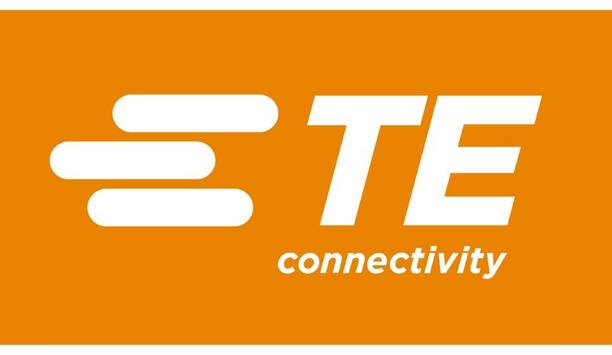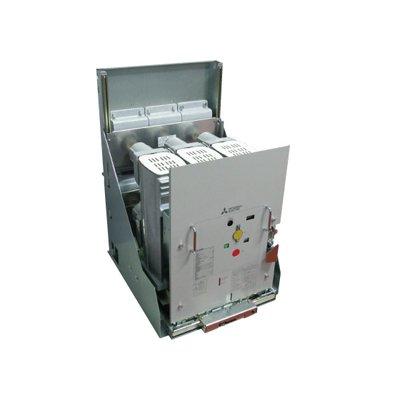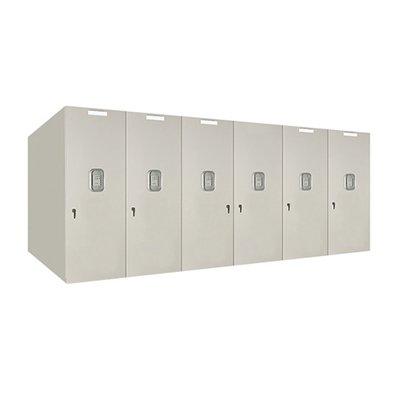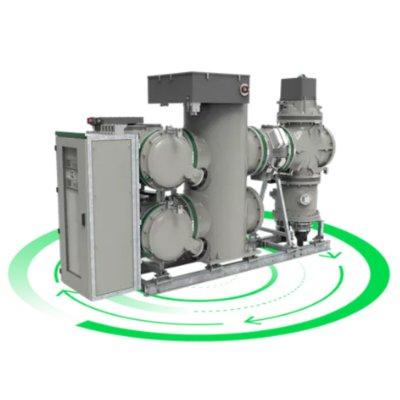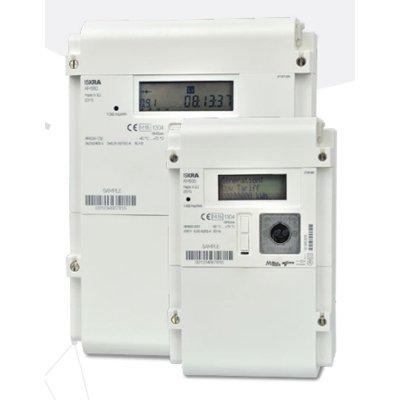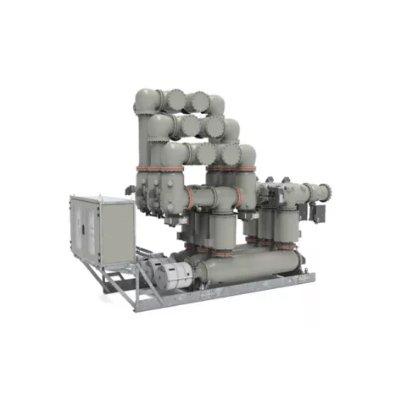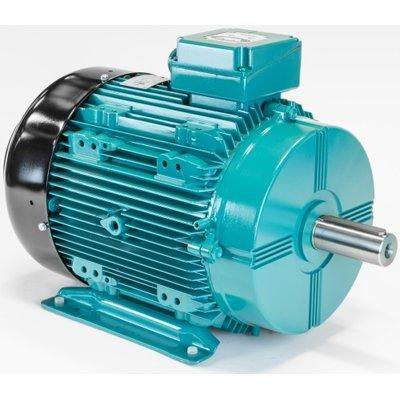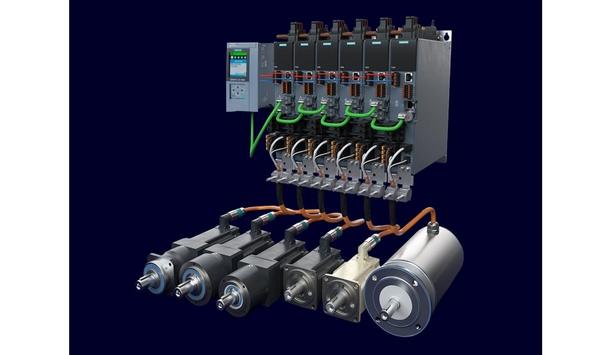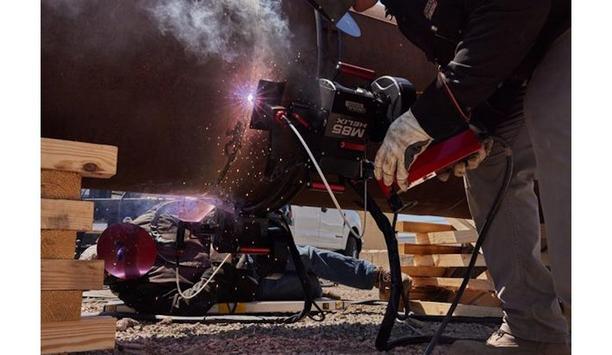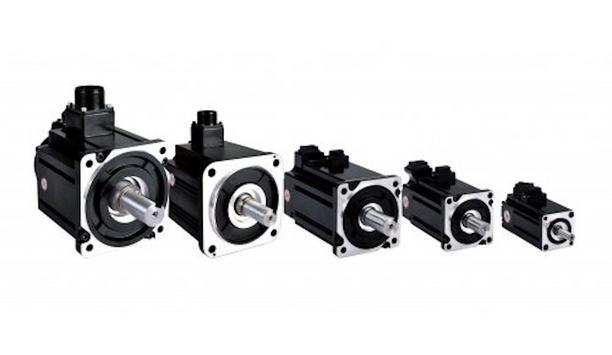Driving motors with precision and energy efficiency is a top priority for many industries, from process control to building and HVAC to industrial automation at any scale.
Motors keep the world turning. Motors present inherent challenges, consuming both raw materials and energy, existing as one of the most power-hungry, as well as heaviest, devices in the automation world.
New EC Aircore Motors
Being devoted to new possibilities in the electric motor industry, Texas-based manufacturer Infinitum has launched the newest version of its Aircore EC motor lineup.
These motors redefine the boundaries of the machines that thousands of engineers use daily.
power and torque density
The new motor lineup, with a 20% reduction in weight over the previous EC generation
These air-core motors provide high power and torque density in a flat structure devoid of the copper-clad ferrous cores of traditional motor stator windings.
The new motor lineup, with a 20% reduction in weight over the previous EC generation, is designed for use in commercial and industrial HVAC pump and fan applications, material handling, and any other motor application with relatively low power demands.
Why Air Core?
Typical electric motors rely on copper windings wrapped around iron cores, distributed around the stationary outside shell of the motor, called the stator.
These cores hold the magnetic field induced by the current in the windings, strengthening the transfer of the magnetic force to the rotor, which moves the load.
Disadvantages
The iron cores can also be subject to eddy currents, which convert some of the magnetic field
While this works well for the conversion of electrical energy into mechanical motion, the strategy holds some disadvantages. Motors are notoriously large and heavy, especially for high-power applications; that iron core is by no means a lightweight material!
The iron cores can also be subject to eddy currents, which convert some of the magnetic field into a wasteful, heat-generating electrical path, reducing the motor’s efficiency.
Printed circuit board (PCB)
The concept of Infinitum’s Aircore EC motors is built around a stator that consists of a printed circuit board (PCB). This flat design, lacking the solid iron core, reduces the size and weight dramatically.
PCB designs are also more resistant to overheating failure in this flat design, leading to longer life and greater reliability.
Air-core motor catalog
Since the PCB is a bit more limited in magnetic field capacity, Infinitum’s air-core motor catalog contains motors from 3-15 HP.
These motors are suitable for medium and relatively low-power applications but are perhaps not yet a proper substitute for many large motors in use currently.
Benefits for Engineers
VFD includes support for Modbus RTU and TCP/IP, BACnet, as well as digital and analog I/O common to most VFDs
The EC motors from Infinitum include an integrated VFD, with communication protocols and software that make the installation and commissioning much easier.
Specifically, the VFD includes support for Modbus RTU and TCP/IP, BACnet, as well as digital and analog I/O common to most VFDs.
I-con
The commissioning software, I-con, provides access to tuning and operating parameters, access to custom drive sequences for standard operations, and configuration control for integration into a larger control system (such as communication and addressing parameters).
The software also allows monitoring of real-time data to verify power consumption, temperature, and vibration for extended motor health and emissions data. The EC motor lineup is all compatible with 3-phase power supply systems, ranging from 415-575 volts for markets in the US and Canada.
Looking Forward in Motor Technology
Over the many generations of technology, motors have resolutely stood as a testament to the working power of AC electricity. Due to the massive power requirements to move heavy loads, it’s no wonder these devices consume more power than any other industrial load.
Innovations like this latest generation of the Aircore EC motor by Infinitum prove that many advances are yet to be made in the area of motion systems, increasing the reliability, efficiency, and lifetime of these important devices.


